
INTELLIGENCE AND UNDERCOVER OPERATIONS IN THE FIGHT AGAINST WILDLIFE CRIME


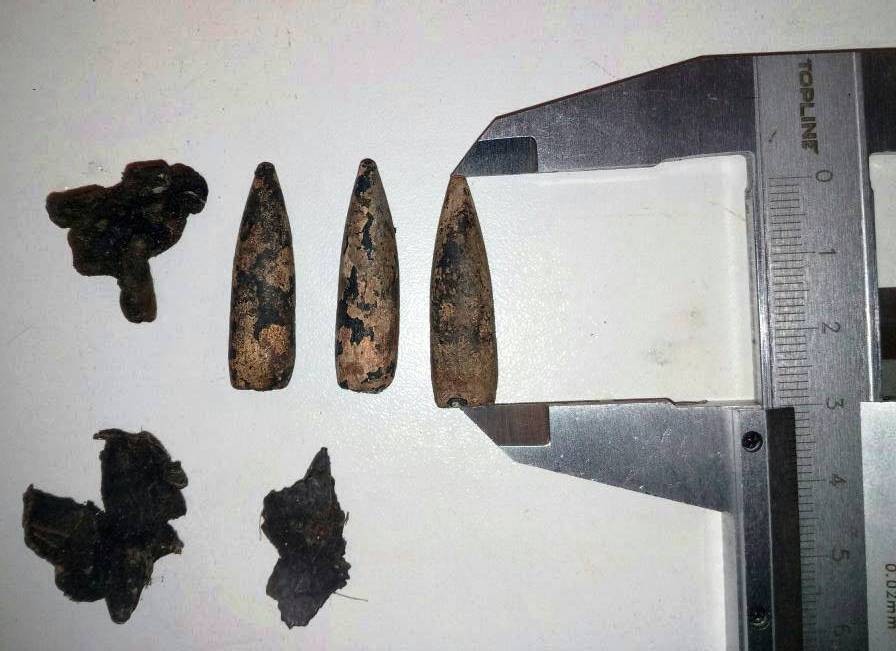
This book had its origins as an aide memoir for training anti-poaching operatives in Zimbabwe in the covert aspects of anti-poaching and anti-wildlife trafficking operations. It was originally envisioned as a two or three-page set of notes for a one or two-day seminar. Once the authors started looking at the basic framework, the project just kept growing and it became clear that not only was there a lot more material to incorporate than just a set of notes, but a booklet like this could in itself serve as a handout for rangers and APU operators.
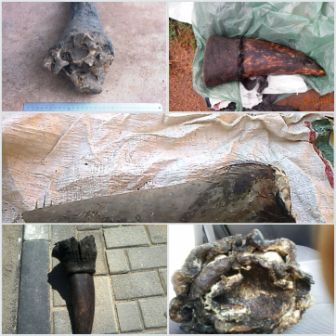
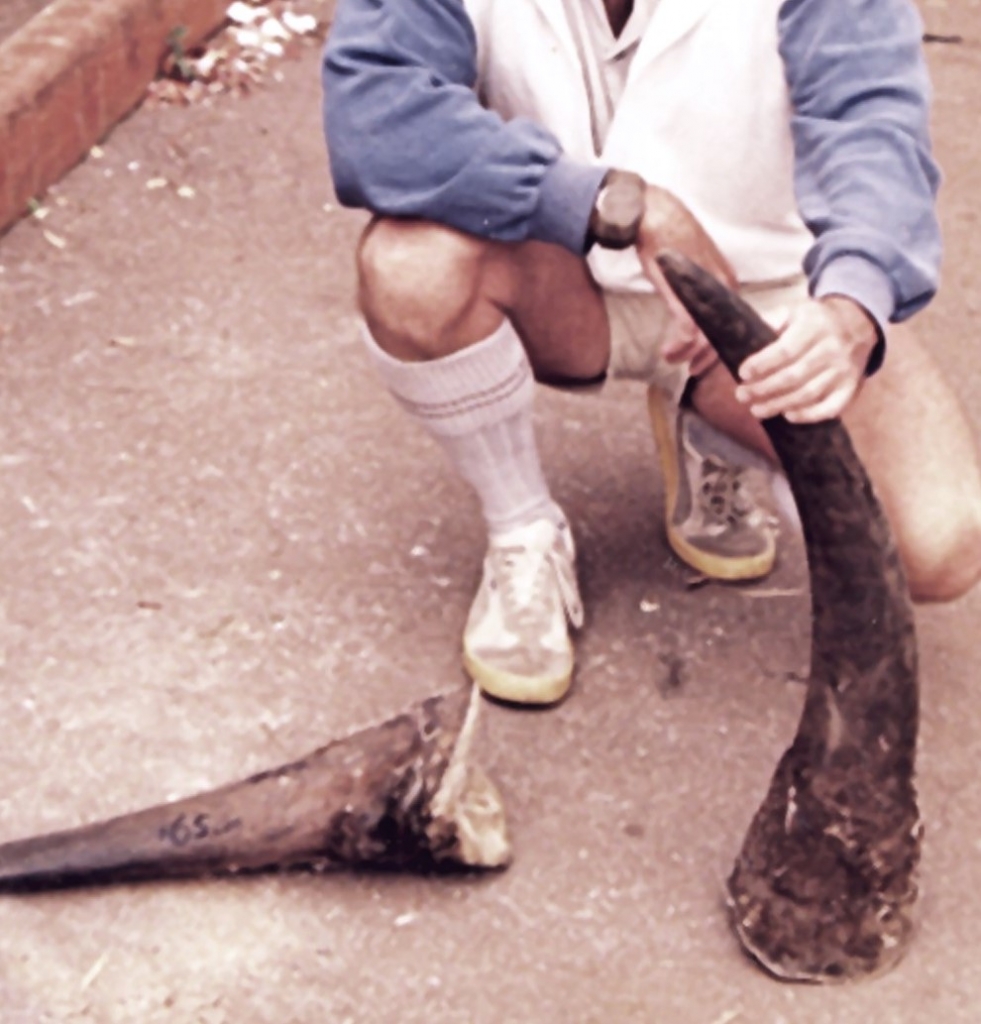
The scope of material covered includes intelligence and how to gather and manage it, confidential informants, the basics of managing a wildlife crime scene, the anatomy of undercover operations and how to set them up and carry them out, “pseudo” operations in the bush, and how intelligence and undercover operations can be used to prevent future wildlife crime.
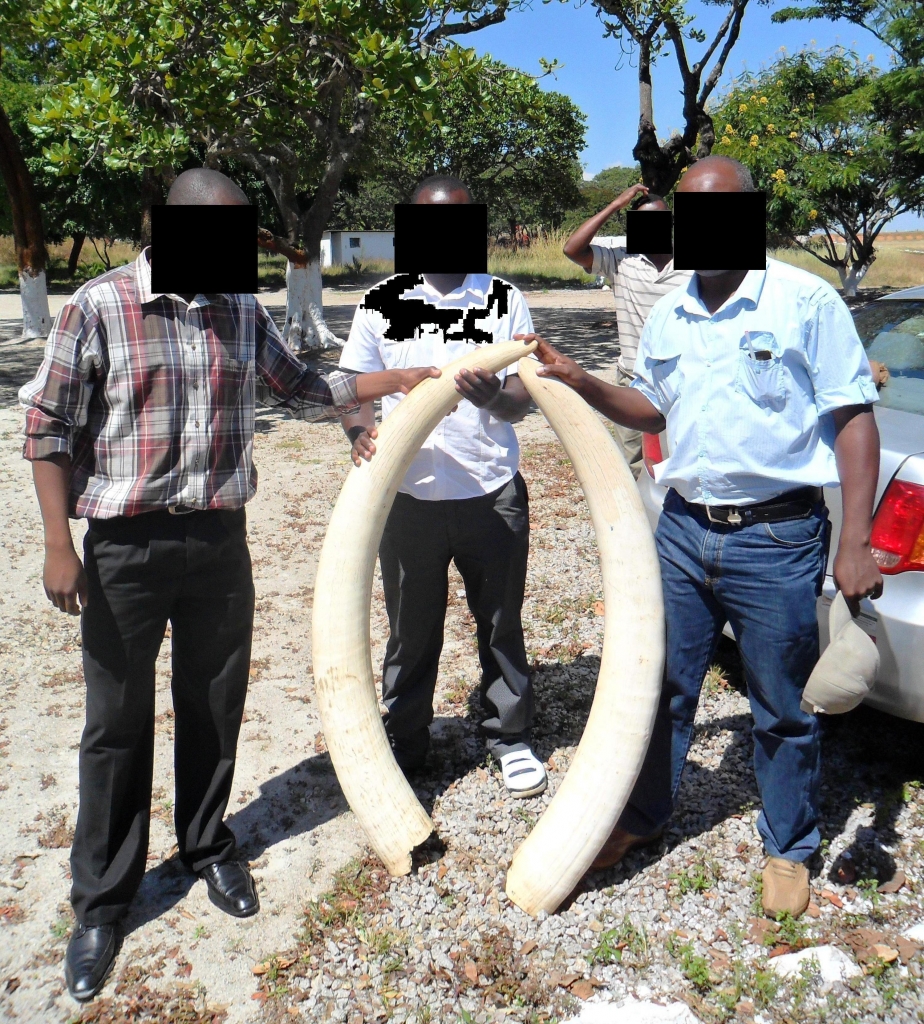
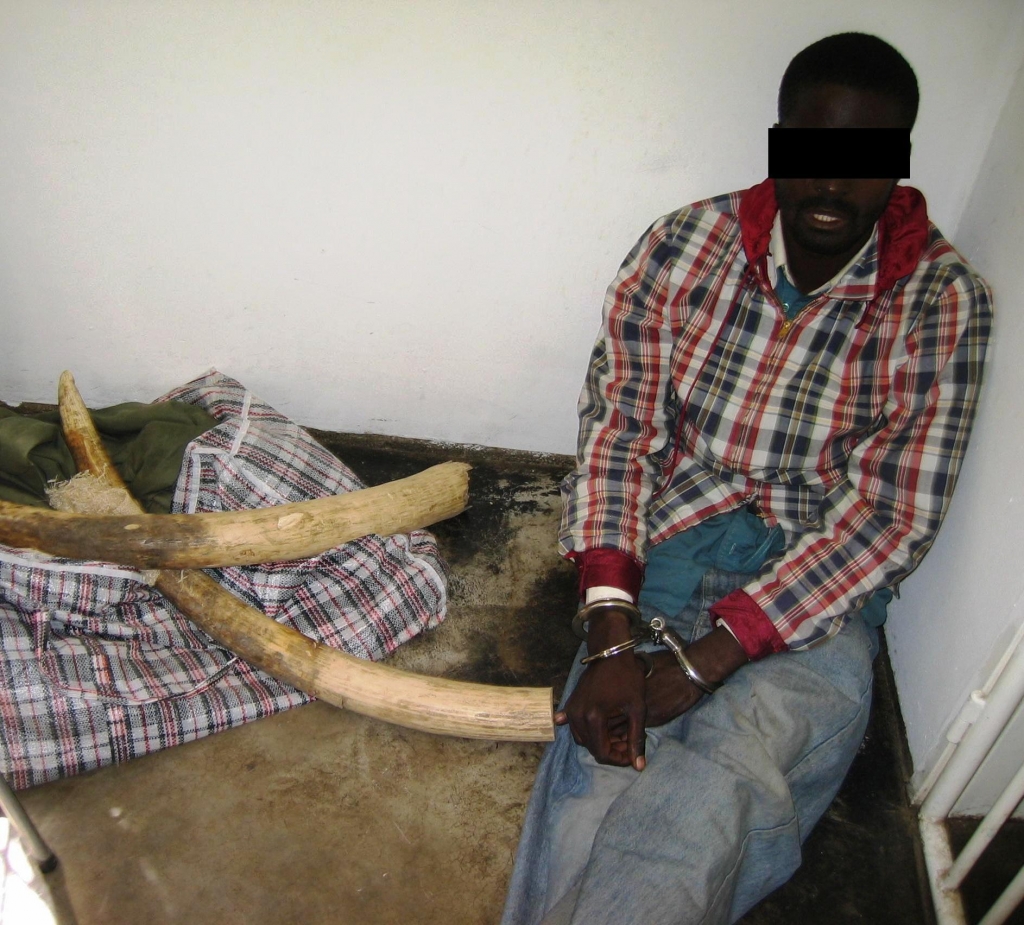
This first edition is intended as a sort of “101”, and compilation of a second edition encompassing more diverse topics such as interrogation techniques is underway. At 65 A4 pages it contains numerous photographs, and is available from Amazon Books at $10. Proceeds go toward funding future operations.
ABOUT THE AUTHORS
I J Larivers is a biologist, who first worked as an ecologist with the Department of Veterinary Services in Rhodeisa. In the early 1980s he worked on contract to the Bophuthatswana government in South Africa as a uniformed Nature Conservation Officer, and was appointed as an Honorary Officer by Zimbabwe National Parks in 1989, attached to the Investigations Branch specialising in undercover operations.

Christopher J Pakenham served 18 years with Zimbabwe’s Department of National Parks and Wildlife Management, including in the combat tracker unit, and left the Department with the rank of Warden. He carried out two years of contract work in Iraq and six years in Afghanistan following the events of 11 September 2001.

Chris Moore is a commercial pilot who is the manager of African Conservancies’ 2,000,000 acre project area in the Nayminyami Rural District Council adjacent to the Matusadona National Park. He has concentrated on effective intelligence-gathering, firearms training, the creation and training of aggressive tracker teams, and close-in covert observation posts. Some of the most innovative work he has done has been in the creation of realistic “pseudo” poaching gangs which can glean information on the real gangs and their cartels from local villagers. Resulting from this intelligence, undercover operations and covert ivory trading stings have been carried out with an outstanding success rate

He was heavily involved in the making of the award-winning 2017 documentary film Trophy.

